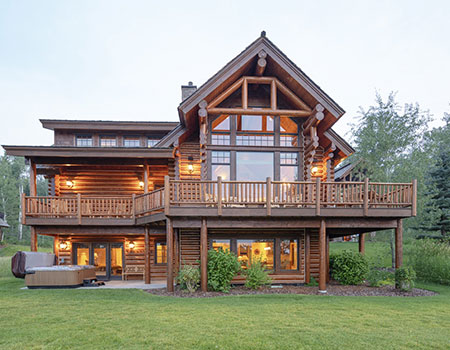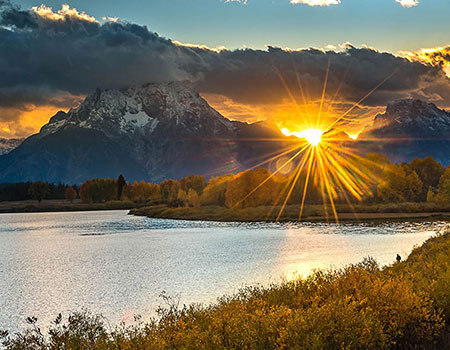Jackson Hole experiences all four seasons, with dramatic shifts throughout the year—perfect for those who love both snowy winters and sunny summers.
- Winter (December – February): Cold and snowy, with average highs in the 20s°F (-6 to -2°C) and nighttime lows often below 0°F (-18°C). Heavy snowfall is common, making it a prime time for skiing and snowboarding.Spring (March – May): A transitional season with variable weather—expect snow in March, followed by gradual warming. April and May bring occasional rain and blooming wildflowers, with highs climbing into the 50s–60s°F (10–20°C).
- Summer (June – August): Warm days and cool nights, with low humidity. Highs range from the mid-70s to mid-80s°F (24–29°C), while nighttime temps often dip into the 40s°F (4–9°C). Ideal for hiking, fishing, and outdoor adventures.
- Fall (September – November): Crisp and colorful, with mild days and chilly nights. Early fall brings highs in the 60s°F (15–20°C), but by November, temperatures can drop significantly, and snow may begin to fall again.
Best Time to Visit Jackson Hole
Jackson Hole has two main busy seasons: summer (roughly Memorial Day through Labor Day) followed by winter (from Christmas to mid-March). Outside of these peak times are the quieter shoulder seasons, when some attractions and restaurants may close due to weather or reduced demand. Still, every season has its own charm in Jackson Hole. To enjoy the area with fewer crowds, consider visiting in early May or mid-to-late September. For a quieter winter experience, avoid major holidays. Visiting during the off-season offers a more authentic glimpse into local life. The Jackson Hole Airport operates year-round, though flight options are more limited outside of peak seasons.



